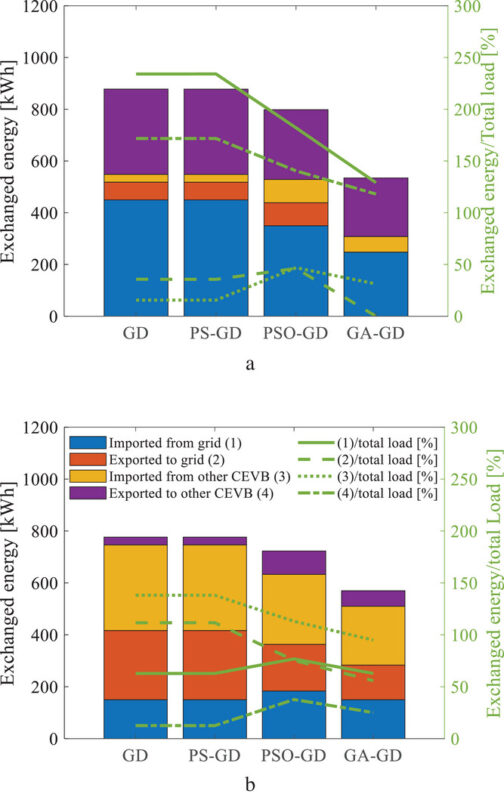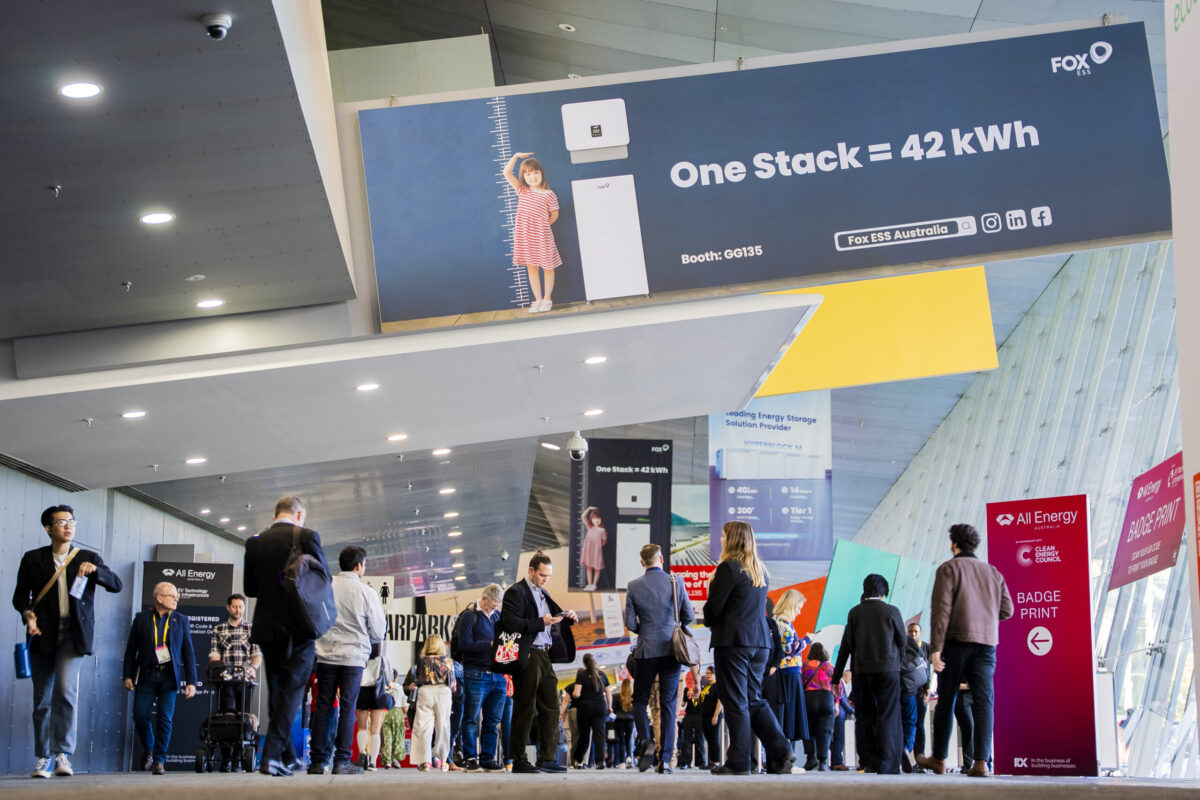Researchers from the University of South Australia and Flinders University have published findings from a study into various techniques to optimise vehicle-to-grid (V2G) charging station scheduling, including the operation of cloud electric vehicle-to-grid battery (CEVB) in microgrids with high penetration of solar.
The study investigates the limitations of methods such as gradient descent (GD), as well as three heuristic methods: pattern search (PS), particle swarm optimisation, and genetic algorithms.
”These experiments also investigate the effects of heuristic algorithm parameter settings on the optimisation results, identify optimal parameters for each heuristic-GD method, and assess their effectiveness in handling uncertainties in CEVB operational model inputs such as solar irradiance, electricity price, and electric vehicle [EV] power demand,” the paper says.

Image: University of South Australia
The Comparative Study of Optimisation Algorithms for Cloud Electric Vehicle-to-Grid Battery Operations in Microgrids with High Penetration of Solar Photovoltaics paper is based on operational data from an electric vehicle (EV) charging station in SA, and found all proposed methods can achieve global optimal results in fewer than 100 runs.
The researchers, Thanh Tung To, Solmaz Kahourzade and Amin Mahmoudi suggested improvements to the CEVB operational model could include real-time constraints of maximum power that can be exported to the grid, to avoid instances with negative load and/or over-voltage due to excess solar generation.
They also say improvements of the CEVB operational model could include stationary storage such as the on-site battery and a community battery, which might extend a model’s optimisation period to several days rather than just one day as it currently is, however the model’s dimension and complexity would increase.
Investigation into the scalability and feasibility of the proposed methods with a higher number of CEVBs is necessary, they say, suggesting the possibility of multiple direct power purchase agreements between CEVBs, which again increases complexity.
Developing adaptive or distributed algorithms that dynamically adjust to a systems complexity would aim to maintain performance and ensure constraint satisfaction, making them suitable for large-scale, real world applications, the researchers say.
This content is protected by copyright and may not be reused. If you want to cooperate with us and would like to reuse some of our content, please contact: editors@pv-magazine.com.









By submitting this form you agree to pv magazine using your data for the purposes of publishing your comment.
Your personal data will only be disclosed or otherwise transmitted to third parties for the purposes of spam filtering or if this is necessary for technical maintenance of the website. Any other transfer to third parties will not take place unless this is justified on the basis of applicable data protection regulations or if pv magazine is legally obliged to do so.
You may revoke this consent at any time with effect for the future, in which case your personal data will be deleted immediately. Otherwise, your data will be deleted if pv magazine has processed your request or the purpose of data storage is fulfilled.
Further information on data privacy can be found in our Data Protection Policy.